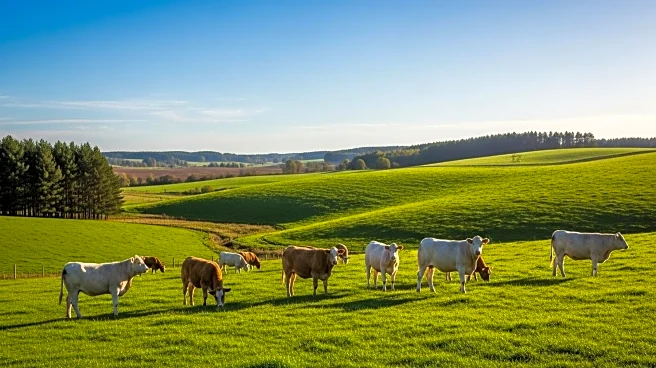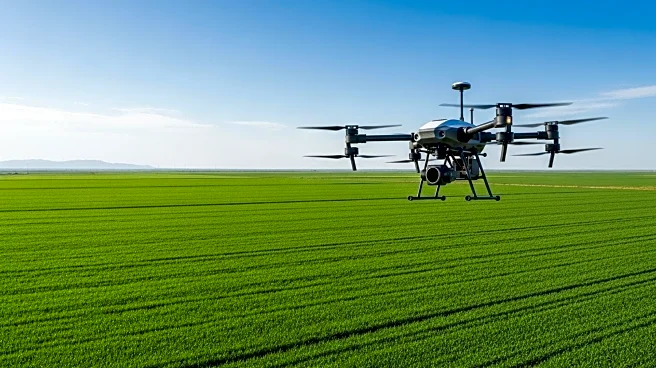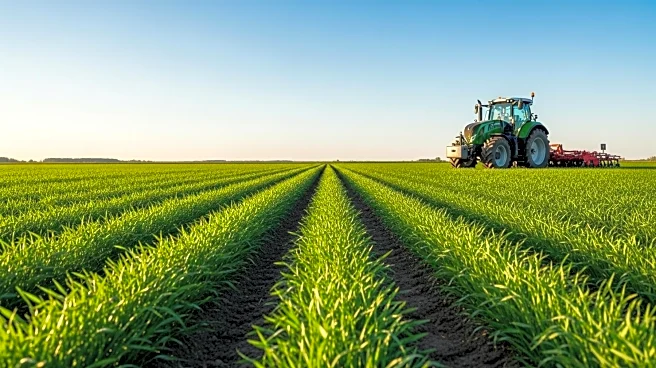What's Happening?
The migration of workers from rural farms to urban areas in Pakistan is significantly impacting the agricultural sector. This trend, often seen as a sign of economic development, has led to a reduction in the agricultural workforce and a subsequent decline in agricultural output. The phenomenon is not unique to Pakistan; similar patterns have been observed in other countries following economic liberalization. However, in Pakistan, the shift has not resulted in the expected agricultural transformation. Instead, farms near cities are downsizing, and there is little evidence of increased production in remote areas. Research by Madhok, Noack, Mobarak, and Deschenes (2025) indicates that migrant-sending households are not substituting labor with capital but are instead scaling down operations, leading to reduced profits.
Why It's Important?
This migration trend has significant implications for Pakistan's economy, where agriculture contributes a substantial portion of GDP. The reduction in agricultural output due to labor migration could exacerbate food security issues and economic instability. The findings suggest that while labor reallocation can drive agricultural modernization, it requires more than just capital substitution. It involves a market-mediated spatial reorganization that non-migrant households must adopt to benefit from technological advancements and increased production. The research highlights the need for effective government policies to support both rural and urban sectors, ensuring that the benefits of migration are equitably distributed.
What's Next?
For Pakistan to harness the potential benefits of rural-to-urban migration, policymakers must address the challenges faced by both migrant and non-migrant households. This includes creating supportive environments in urban areas to absorb the influx of labor and implementing strategies to modernize agriculture in rural areas. The government must play a proactive role in facilitating this transformation, ensuring that the economic gains from migration are not limited to urban centers but also benefit rural communities.
Beyond the Headlines
The research underscores the importance of understanding the complex dynamics of migration and its impact on rural economies. It challenges the conventional wisdom that migration automatically leads to agricultural modernization through capital substitution. Instead, it points to the need for a comprehensive approach that considers the socio-economic factors influencing migration and agricultural productivity. This includes addressing the structural issues that hinder the adoption of technology and expansion of production in rural areas.











